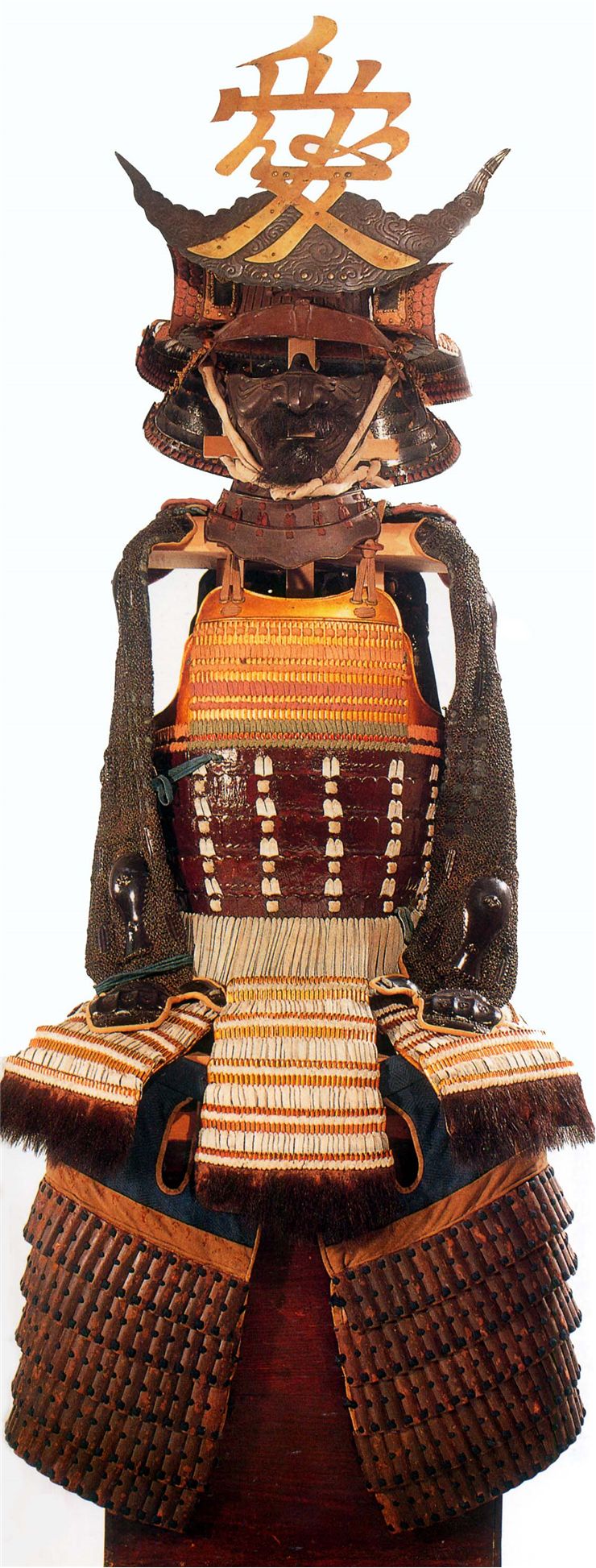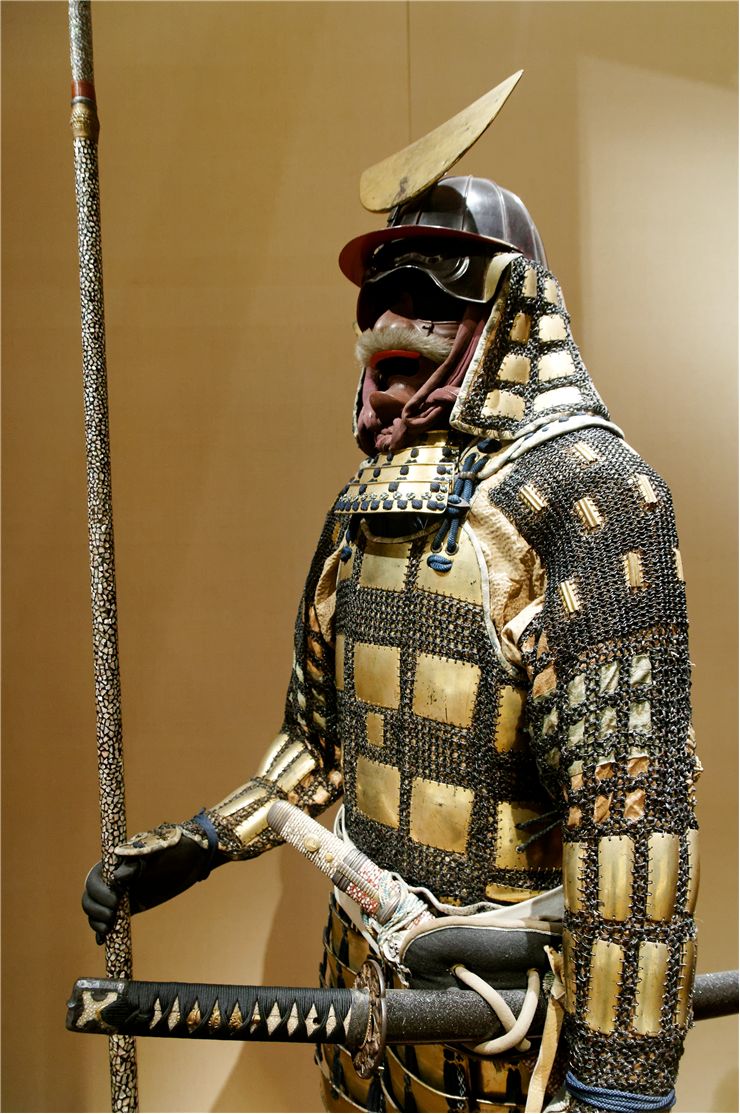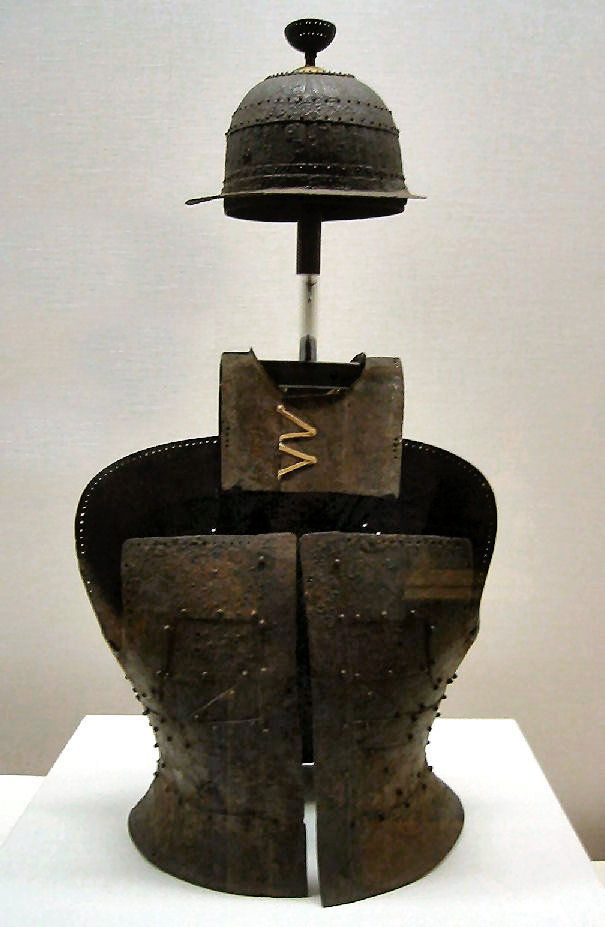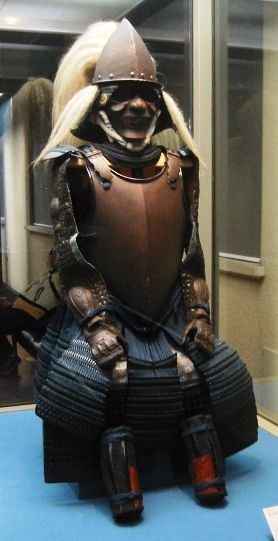History and Types of Japanese Armor
Japan has a long history of armor use that goes back all the way to the early 4th century AD when first pre-samurai soldiers and nobility took the armor designs made in China and modified them to better suit their own fashion styles and available materials. The most basic armor design that appeared in ancient Japan was one-piece Cuirass chest plate armor and metal helmets. While metal armors were mostly available only to the nobility and wealthier soldiers in China, Japanese military provided metal-enhanced armor pieces to light infantry, heavy infantry and even cavalry. Most popular early armors were made from small metal plates that were sawn one to another by leather thongs. Infantry wore lighter “Tankō” armors and horsemen wore heavier “keikō” armors.
Between the end of 8th and end of 12th century, Japanese armors morphed into samurai armors known as “Dō”. They were worn however not only by samurai, but also by regular foot soldiers, and they were all based on lameral design with hard leather. Many forms of Dō armor were created, including scale armors known as “kozane” that could be made as O-yoroi (for mounted combat), Dō-maru (for archers that wanted right hand to be free from heavy armor, Haramaki dou (armor that opened on the back) and many others. Start of the sea trade with European countries introduced several new forms of armors to Japan shores. Most notable uses were found for cuirass and morion metal helmets that were very useful in the early years of the gunpowder warfare.
After 1600s, Japan entered into the area of peace known as Edo period. During that time, larger presence of gunpowder weapons made widespread use of metal armors obsolete, by ceremonial and status symbol uses of elaborate armors continued for few more centuries. Samurai warriors of that time continued wearing their plate and lamellar armor, and lighter leather or metal-enhanced armors that could be hidden below ordinary robed clothes became highly popular for personal protection. Brief periods of internal strife brought to the forefront armor use, mostly chain armor and simpler metal armors. Last official use of armored soldiers in Japanese combat happened during Satsuma Rebellion in 1877.
Samurai armor pieces
Dou or dō – Chest armor
Kusazuri – Metal or leather plates that protected lower body and upper legs
Sode – Shoulder protector
Kote – Sleeved armored glove
Kabuto – Helmet made from leather or iron plates
Mengu – Multi-purpose metal pieces that could be attached anywhere on the armor
Haidate – Waist protector
Suneate – Shin guards
Additional armor pieces : Guruwa and Nodowa (throat or neck), Tate-eri (neck protection against heavy helmets and shouler pieces), Manju no wa (arm guards), Manchira (personal chest armor worn under ordinary clothes or bigger armors), Wakibiki (small chainmail piece that can be sown anyuwher on the armor or clothes), Yoroi zukin (hood), Kogake (foot protector), Jingasa (metal or leather war hat), Hachi gane (forehead protector), and many others.



